
Weird Historical Facts You Won’t Believe Are True
I like neat timelines and tidy museum labels, but the past refuses to stay tidy. It coughs up small surprises, then bigger ones, and then things so strange you read them twice. A favorite of mine: in 1932 Australia sent soldiers to face a swarm of flightless birds. The birds won. Moments like that are why I collect weird historical notes the way other people collect stamps. Below is a tour of the odd, the awkward, and the beautifully inexplicable. It isn’t a full map, more like a crooked path of weird historical timeline facts and small tales that cling to you after you close the book.
Strange Laws That Actually Existed

Laws say a lot about fear and fashion. Sometimes they say more about panic and pride. A few that still make me pause:
– Beard money in Russia. In the late 1600s, Peter the Great pushed a grooming decree. Men could keep their beards, but only after paying a tax and carrying a token to prove it. Face hair became a receipt you wore on your chin.
– Witchcraft, but as fraud. Britain’s 1735 Witchcraft Act did not jail “witches” for magic. It punished people claiming powers and tricking others for money. The law tried to end superstitious trials by treating sorcery as a con, not a cosmic crime. It sounds sensible now. At the time it was a pivot.
– Sweden vs. coffee. Coffee looked suspicious in 18th century Sweden. Bans and crackdowns rolled through the decades. Cups were seized. Beans were burned. People kept brewing. Culture usually wins those slow arguments.
– Clothes that showed rank. Across medieval Europe, “sumptuary” rules told people which fabrics or colors they could wear. The idea was to freeze the ladder in place. People, being people, climbed around the rungs anyway.
– Animals in court. It wasn’t a one-off joke. Medieval records show formal trials of pigs, goats, rats, and swarms of insects. Advocates spoke on their behalf. Verdicts were entered. It says something about our need for order, even when chaos has hooves.
These are not just historical weird facts. They reveal how nervous a society can be when status, belief, or breakfast habits feel threatened.
Weird Habits of Famous Historical Figures

Genius leaves masterpieces. It also leaves crumbs. Here are a few weird facts about historical figures that feel oddly human:
– Beethoven counted coffee beans. Sixty per cup. Not fifty eight. Not sixty three. The precision sounds like music written for a kitchen scale.
– Napoleon and the rabbits. A celebratory hunt was arranged with hundreds of tame rabbits. When freed, the animals swarmed the emperor instead of fleeing. They ran toward the picnic baskets. He retreated to the coach. I try to imagine the general staff keeping a straight face.
– Nikola Tesla and the number three. He circled buildings three times before entering. He avoided pearls. Patterns soothed him. The same mind that dreamed of wireless power also fussed over table settings.
– Salvador Dalí brought an anteater to town. He liked to step into Paris with an anteater on a leash. It was theater, and he knew it. Art spills past canvases sometimes and wanders the sidewalk.
– Honoré de Balzac’s coffee schedule. He bragged of dozens of cups a day. Maybe an exaggeration, but the novels stack up like empty mugs, so the claim feels almost believable.
– Einstein disliked socks. He thought they failed too fast. So he quietly skipped them. You can solve hard equations and still decide shoes are enough.
These habits sit beside big achievements like small fingerprints on the edge of the page. Alone they are trivia. Together they remind me that brilliant lives include odd routines, comforts, and stubborn preferences.
Bizarre Events Lost in History

Timelines often smooth the bumps. Here are a few bumps I keep returning to when I think about weird historical timeline facts:
– The Dancing Plague of 1518. In Strasbourg, people danced for days, some to collapse. Chroniclers tried to explain it later as curses, overheated blood, rotten grain. It still feels like a riddle set to a drumbeat.
– The Tanganyika laughter epidemic. In 1962 a fit of giggles began at a school and spread from village to village. Months of ripple laughter and panic. Our minds are social creatures. Sometimes too social.
– The Great Molasses Flood. Boston, 1919. A storage tank ruptured and a wave of syrup rolled through streets at frightening speed. Twenty one dead. The smell lingered for years. It reads like a parable about neglected maintenance and sticky consequences.
– The Cadaver Synod. Rome, 897. A dead pope was placed on a throne and tried in court. Robes arranged. Accusations read. Verdict delivered. You can almost hear the silence after the sentence. Power can lose the plot.
– The Great Emu War. Australia, 1932. Farmers asked for help against crop-eating emus. Soldiers with machine guns were dispatched. The birds proved fast, tough, and entirely unimpressed. The campaign was quietly shelved.
None of these episodes are tidy. They drift at the margins and yet say so much about fear, rumor, pride, and the odd ways a crowd can move.
Unexpected Inventions and Discoveries
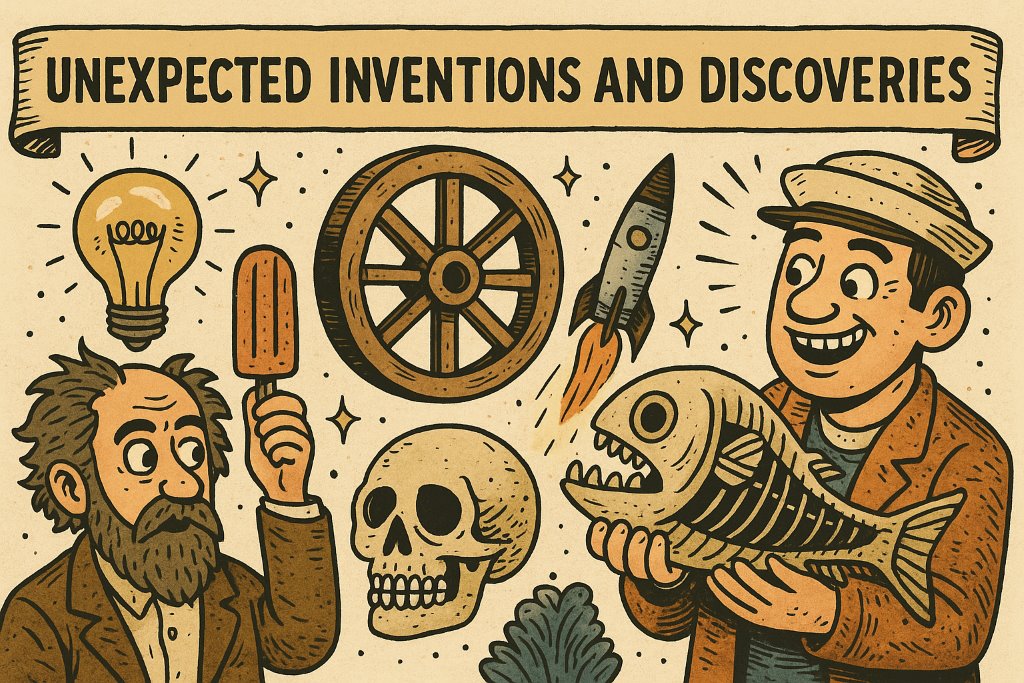
Progress does not always walk in a straight line. It staggers, slips, and then finds something wonderful by accident:
– Penicillin from a messy dish. Alexander Fleming returned to his lab, noticed mold killing bacteria, and decided not to throw the plate away. A lot of later lives began with that small decision to look closely.
– Microwave ovens from a melted snack. Percy Spencer stood near radar equipment and noticed a chocolate bar had softened. Curiosity plus a test kernel became a kitchen device used by millions.
– Post-it Notes from a weak glue. A 3M scientist made an adhesive that wouldn’t quite commit. Another scientist needed bookmarks that didn’t fall. The non-commitment found its purpose. That feels quietly poetic.
– Vulcanized rubber from a hot stove. Charles Goodyear spilled a sulfur mix onto a heat source. The result was tougher rubber, a material that could face weather and time. Accidents can be generous teachers.
– Roman concrete that heals. Modern tests show ancient builders mixed volcanic ash that lets cracks re-seal when water seeps in. Old walls learn new tricks centuries after the masons are gone.
When I read these stories I think of drawers full of failed sketches. Some of the world’s favorite tools started as the sketch someone almost threw away.
Creepy Traditions and Rituals
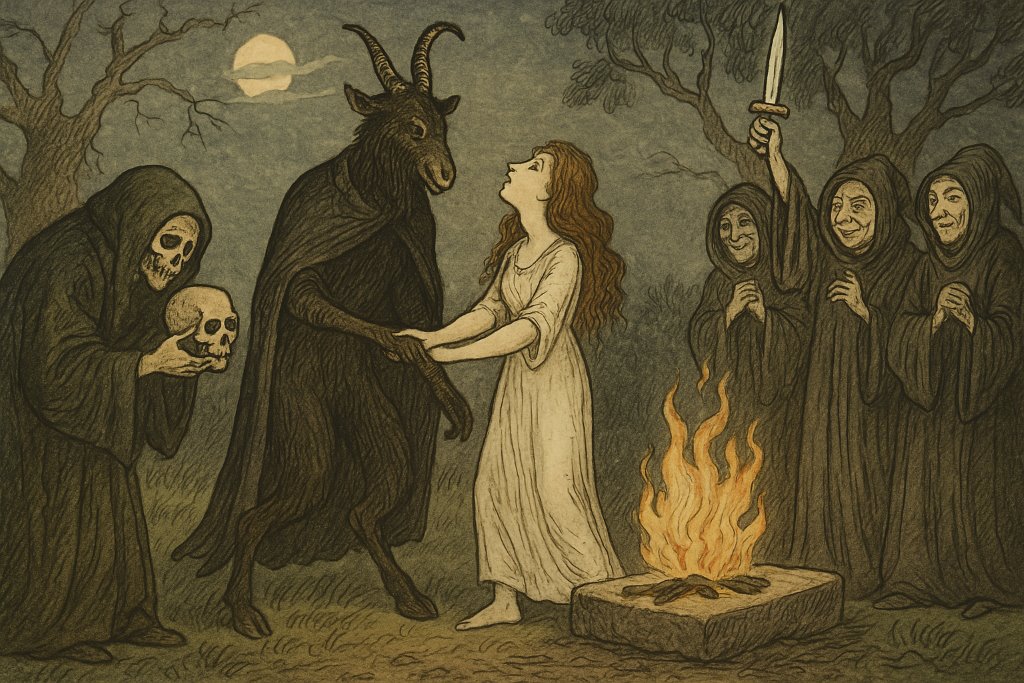
Not every custom aged well. Some are hard to look at. They still belong in the record, because understanding requires us to face the parts we would rather skip:
– Victorian post-mortem photos. Families posed with the newly dead as if they were simply sleeping. It was love, and grief, and also a way to hold a face a little longer in a century before easy snapshots.
– Hair jewelry. Locks of hair were braided into brooches and rings. A portable memorial. A little haunting, a little tender.
– Foot binding in imperial China. Tiny shoes as a status signal. Pain as a passport. The practice lasted for centuries. It is difficult to read survivor accounts without stopping between paragraphs.
– Trepanation. For a very long time people drilled small holes in skulls to let illness “out.” Many lived after the procedure. The sight of the ancient bone is startling, then sobering, then somehow moving. They were trying to help with the tools they had.
– Blood as medicine. In parts of the Roman world, fresh gladiator blood was sold as a cure for epilepsy. Remedies often mirror the theater of the age. This one mirrors the arena.
These practices feel eerie by modern standards, but they illustrate a rule I keep coming back to: culture is a long negotiation between hope, fear, and what a community is willing to endure to feel safe or seen.
Funny But True Historical Mistakes
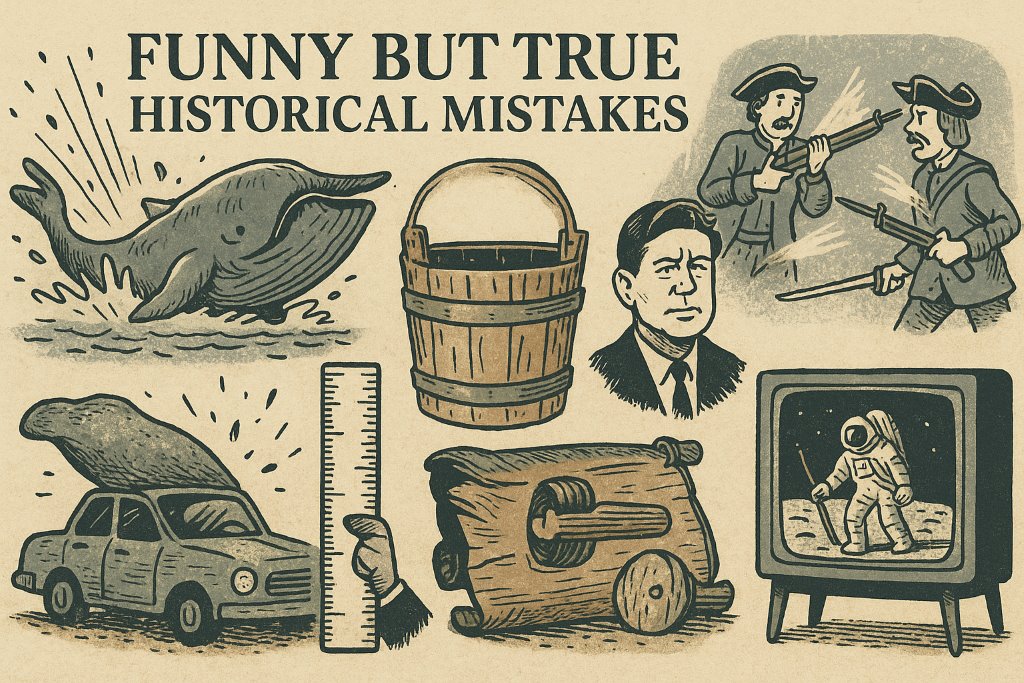
I tend to collect blunders because they loosen the jaws of history. They remind us that human plans meet the ground and wobble:
– The exploding whale. Oregon, 1970. Officials tried dynamite to clear a dead whale from a beach. The blast launched huge pieces into the air. One landed on a parked car. The crowd learned a lesson about scale and shrapnel.
– The War of the Bucket. Northern Italy, 1325. A raid took a wooden bucket from a well. Pride fumed. An actual battle followed. People died. The bucket stayed in Modena. It is a grim punchline displayed in a civic museum.
– Units that do not agree. In 1999 the Mars Climate Orbiter vanished because one team used metric calculations and another used imperial. Months of work, undone by inches and newtons that never met in the middle.
– The night of friendly fire. In 1788, near Karansebes, Austrian troops reportedly panicked in the dark, fired upon each other, and retreated from a battle they had not yet fought. The truth may be tangled, but the tale survives because it feels too human.
– Lost film, found copies. The original Apollo 11 landing tapes were later recorded over. Thankfully, broadcast copies survived. Not elegant, but good enough to keep the memory clear.
These are mistakes we can smile at, except when we can’t. Either way, they show how thin the line is between neat plans and messy outcomes.
Micro-Profiles: Odd People Doing Odd Things

I wanted a short shelf for quick portraits. Just a few lines each. They read like footnotes, but kinder.
– Mary Anning walked the seashore and sold fossils to tourists. She taught herself the science that would later credit others for ideas she helped spark. A child once survived after her dog did not. The cliffs kept sliding, and she kept walking them anyway.
– Jemmy Button was brought from Tierra del Fuego to London in the 1830s, dressed in suits, taught table manners, then sailed home, where he mixed two worlds in one life. The story is complicated. Most real stories are.
– Ignaz Semmelweis asked doctors to wash their hands. Childbed fever rates dropped. He was mocked. Years later, germ theory vindicated him. The timeline between right and recognized can be painfully long.
– Matilda of Tuscany led armies and negotiated with popes. You can visit her grave in St. Peter’s Basilica. Not bad for someone historical summaries often skip in a paragraph.
Side Notes That Refuse To Behave
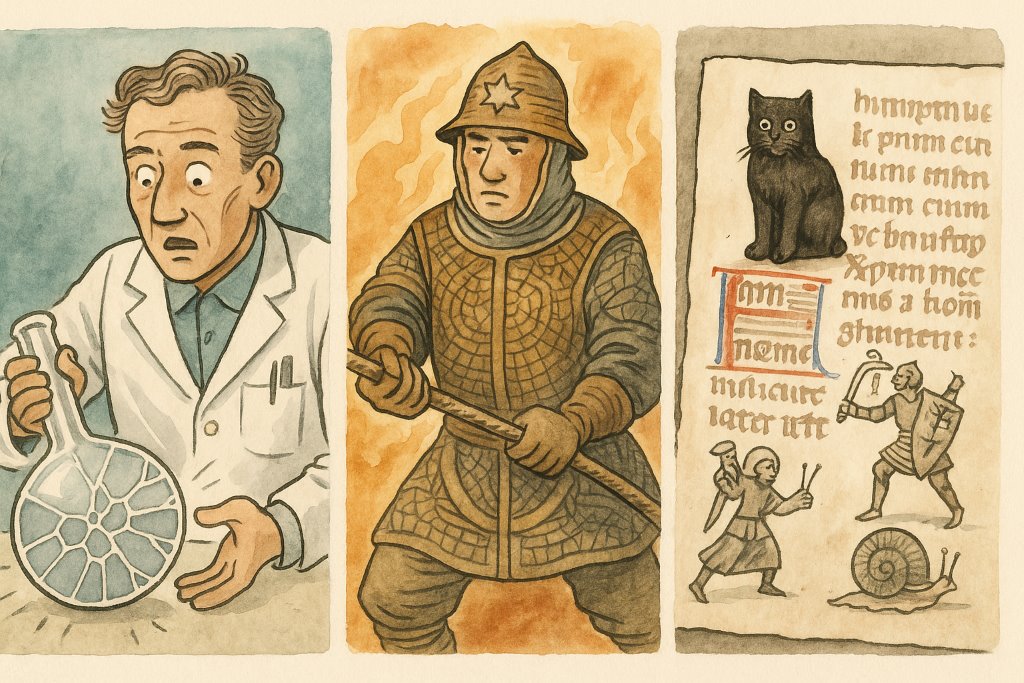
Some items do not fit anywhere, so they sit here like small pebbles you keep in your pocket:
– In 1908 a Russian chemist dropped a flask of cellulose nitrate. It stuck together instead of shattering. Safety glass was born from a clumsy moment.
– In Edo-period Japan, firefighters wore heavy, water-soaked coats and ran toward danger with quiet discipline. The coats, now preserved, look like art. They were armor for a wall of heat.
– Medieval manuscripts occasionally include doodles in the margins. A monk sketched a cat. Another drew a knight fighting a snail. Someone was bored during prayers, and a little joy leaked onto the page.
What These Oddities Add Up To
When you stack enough of these episodes together, a pattern peeks through. People improvise. They misjudge. They keep trying. Powers overreach. Communities adapt. A new material appears because someone forgot to clean a dish. A fashion survives because status gets attached to pain. A war starts over a bucket. An empire stumbles over birds. These are not just curiosities. They are historical weird facts with weight, because they explain how fragile plans are and how flexible people can be when plans crack.
Quick Guide: How To Read Odd History Without Getting Lost
I’m asked how to sort the tall tales from the true ones. I do not always know on the first pass. A few habits help:
– Look for more than one account. If a story appears in court records, letters, and later studies, it grows sturdier.
– Watch for myth that became “fact” through repetition. Some stories survive because they are delightful, not because they happened. It is fine to like a story and still label it uncertain.
– Keep scale in mind. A tiny decree can shape daily life for centuries. A famous battle may change less than a new recipe for cement. Timelines tilt in odd places.
Weird Habits Revisited: Tiny Domestic Clues
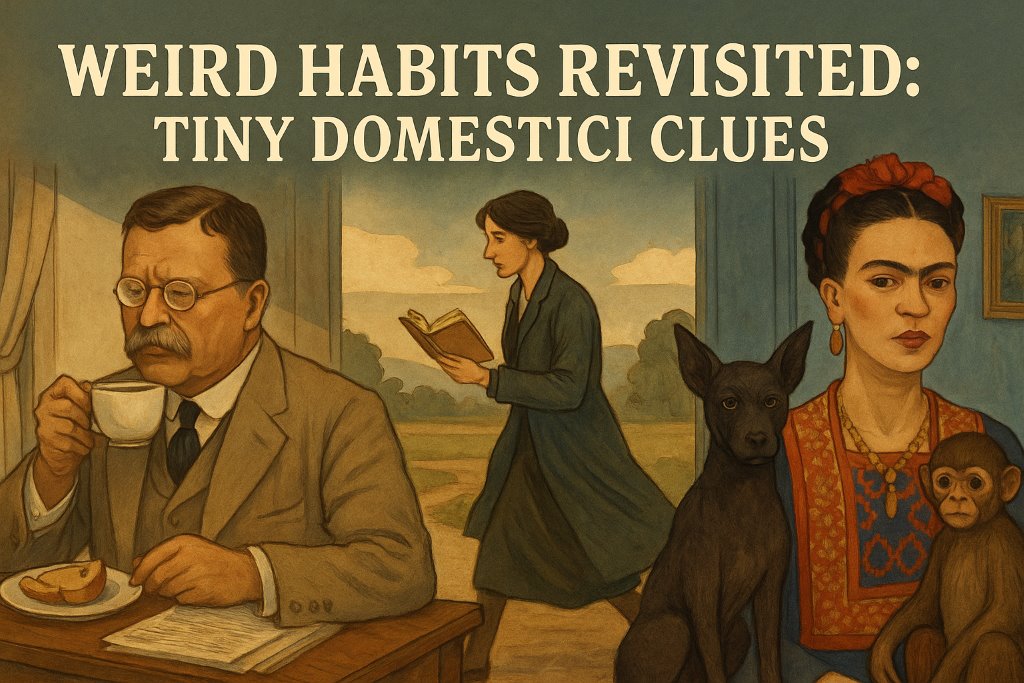
I wanted one more small table of habits, because homes say what speeches won’t:
– Roosevelt’s breakfast often included coffee and fruit served on a small tray as he read cables. Power begins with toast crumbs.
– Virginia Woolf walked fast, usually alone, turning scenes into sentences. The pace shows in the prose. You can almost hear the feet.
– Frida Kahlo kept a menagerie of dogs, monkeys, and birds at the Blue House. The animals appear in her paintings as if they were relatives. Maybe they were.
None of that is scandal. It’s human texture, which is why I like it.
History Really Is Stranger Than Fiction
When people say “truth is stranger than fiction,” they are thinking of records like these. The past is not a straight staircase. It is a long hallway where serious events, quiet lives, and slapstick accidents bump shoulders. If you remember only one thing, let it be this: weird historical pieces are not throwaway trivia. They are signals. They show how cultures work under pressure, how ideas bloom by chance, and how often order depends on the patience of ordinary people.
I suppose that is why I keep collecting them. Today’s normal will be tomorrow’s curiosity. Somewhere, right now, someone is counting coffee beans, or inventing something by mistake, or writing a rule that will look ridiculous in a century. These weird facts about historical figures, the accidents, the rituals, and the delightful misfires, all fold into one long story. And if you line them up just so, you can see the pattern hiding among the weird historical timeline facts you and I like to pass around. In short, yes, history is stranger than fiction. It always has been. It always will be.

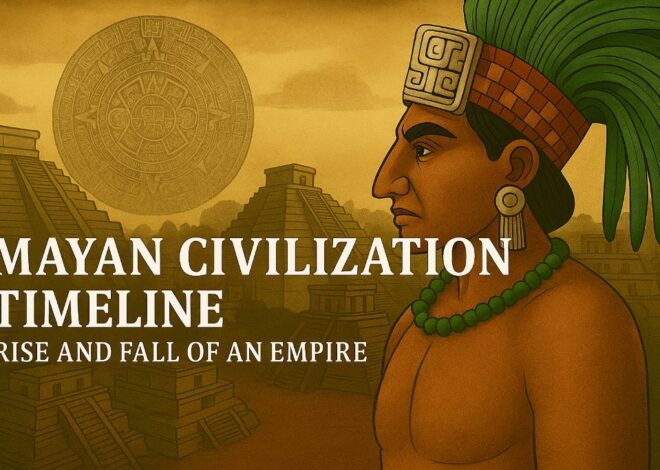

One thought on “Weird Historical Facts You Won’t Believe Are True”
Comments are closed.